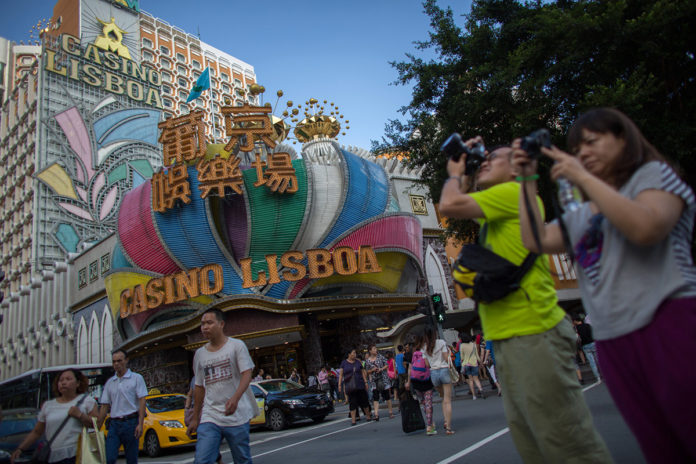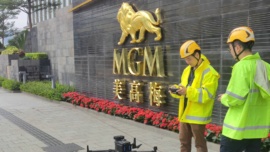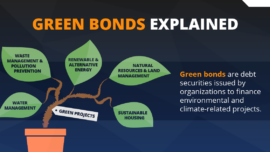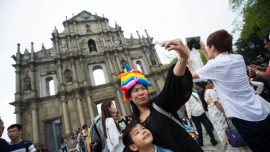The idea of transforming Macau into a World Centre of Tourism and Leisure surfaced a decade ago.
It was at the close of 2008 that the National Development and Reform Commission announced for the first time in its Outline of the Plan for the Reform and Development of the Pearl River Delta (2008-2020) the positioning of Macau as a World Centre of Tourism and Leisure (in fact, the expression used at that time was “Macau as a Global Centre of Tourism and Recreation.”)
There would be a wait of four years, however, before this recommendation came to the fore, when the 12th National Five-Year Plan of 2011 explicitly announced support for this positioning/aspiration.
At the beginning of 2015, the Macau SAR Government submitted a specific proposal for the 13th National Five-Year Plan, and in October 2015 the Chief Executive established the Commission for the Construction of the World Centre of Tourism and Leisure.
 It has been 10 years, but as we can see it has only been in the last five that the topic has become a priority: we had to wait for 2011 and the announcement of the Central Government’s support and it was with the Five-year Development Plan of the Macau Special Administration Region (2016-2020) that the project was taken seriously when it then became clear that the objectives were “to stabilise economic growth, expedite the city’s transformation into a World Centre of Tourism and Leisure, and improve the livelihood of local residents,” according to MGTO.
It has been 10 years, but as we can see it has only been in the last five that the topic has become a priority: we had to wait for 2011 and the announcement of the Central Government’s support and it was with the Five-year Development Plan of the Macau Special Administration Region (2016-2020) that the project was taken seriously when it then became clear that the objectives were “to stabilise economic growth, expedite the city’s transformation into a World Centre of Tourism and Leisure, and improve the livelihood of local residents,” according to MGTO.
In the Five-year Development Plan of the Macau Special Administration Region (2016-2020) we can read that “well-established soft and hard infrastructure is indispensable for a world class tourism and leisure centre. The government will continue to consolidate its resources for improving public infrastructure, including transportation, communications, finance and security.”
The idea of Macau becoming a World Centre of Tourism and Leisure has several obstacles – not least of which is that this designation does not exist internationally. The MSAR is therefore creating a new category with all that this implies.
“Indeed, the realisation of a World Centre of Tourism and Leisure is a long term project, which requires relentless effort and active participation by all parties,” MGTO told Macau Business. “Besides the need to expand the depth and [breadth] of the cross-departmental, cross-area and cross-level collaboration of the government sector, the support and co-operation of the industry, local associations and general public are important for the achievement of the positioning.”
 ‘The establishment of [WCTL] is necessary for the sustainable development of Macau, which is the aspiration of the public. In the light of this, the whole community must join hands to strive for developing Macau into a world-class centre of tourism and leisure’ – The Five-year Development Plan of the Macau Special Administration Region (2016-2020)
‘The establishment of [WCTL] is necessary for the sustainable development of Macau, which is the aspiration of the public. In the light of this, the whole community must join hands to strive for developing Macau into a world-class centre of tourism and leisure’ – The Five-year Development Plan of the Macau Special Administration Region (2016-2020)
A difficult mission?
MGTO believes it is possible that “with clear work planning and strategies formulated and collaboration by all involved parties, Macau is surely heading towards the right direction to become a World Centre of Tourism and Leisure.”
Researcher António Monteiro says: “The most important [thing] is to offer the tourist a closer connection to the identity of the territory, working in the old areas linked to culture, art, music, local gastronomy, literature, the creation of new natural parks for leisure and outdoor environment, betting more on recreational leisure (giving an impression of true leisure), without showing a tourism of [massive] crowds, thus creating a greater diversity of tourism in Macau (with projection and international dimension).”
How things have changed in 10 years
As we have seen, we cannot really talk about 10 years of World Centre of Tourism and Leisure, because the first ideas have only recently materialised, but the truth is that Macau tourism has changed a lot since the first reference in the Outline of the Plan for the Reform and Development of the Pearl River Delta (2008-2020).

























